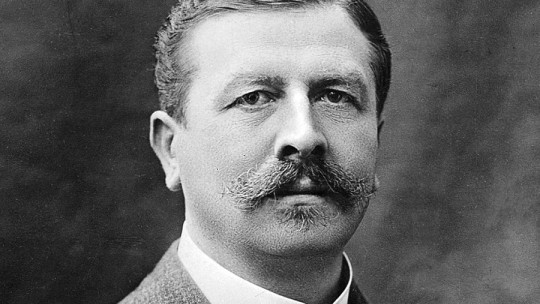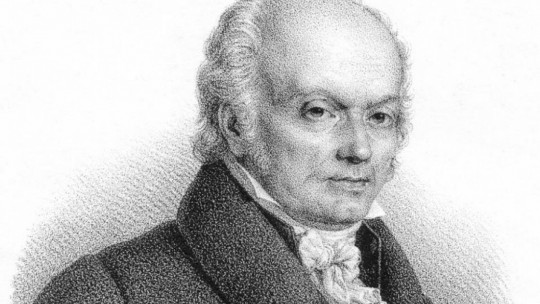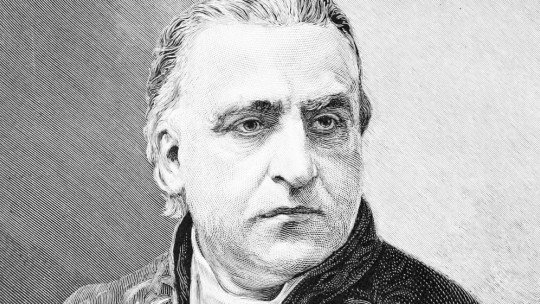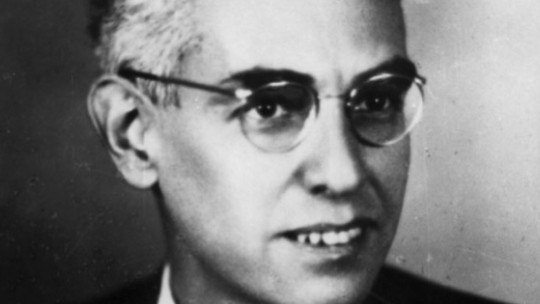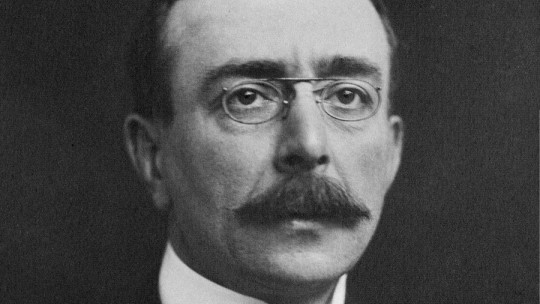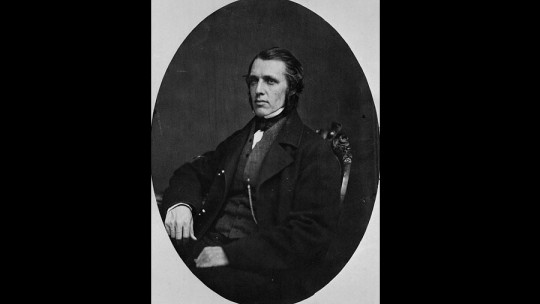Neurology is one of the most recent sciences. The first scientific research to address the brain mechanisms behind various diseases is barely a hundred years old.
One of the most important figures who addressed the neurological causes of various disorders, and a pioneer in neurosurgery, was Joseph Babiński who, in addition to giving his name to a reflex present in infants, contributed significantly to the development of neurology and psychiatry.
In this article we are going to see a brief biography of Joseph Babiński we will explain what his research consisted of and what his role was in the establishment of modern neurosciences.
Biography of Joseph Babiński
Joseph Jules François Félix Babiński was a neurologist who was born on November 17, 1857 in Paris and died in that same city on October 29, 1932, at the age of 74.
Of Polish origin, his parents decided to flee Poland after the invasion of Tsarist Russia that sought to quell the country’s independence claims.
Babiński grew up in Paris, and in his early years he trained at the Polish school of Batignolles.
Vocational training
In 1879 he was assigned as a medical intern to the service of Victor André Cornil at the Hôtel-Dieu an institution whose objective was to offer help to orphans, homeless people and pilgrims that was administered by the Church.
Later he was able to study medicine in Paris, graduating in 1884. That same year He had the opportunity to work as head of Jean-Martin Charcot’s clinic in the Salpêtrière. The following year, he managed to finish his thesis: Anatomical and clinical study on plaque sclerosis.
Babiński was adopted by Charcot as one of his favorite disciples In addition to exerting an important influence on him, Joseph Babiński took as references other illustrious figures in medicine of the time, such as Legrand du Saulle, Ranvier, de Vulpian and Cornil himself, with whom he had worked years before.
At first he wanted to teach at university, however he had no luck. The reason he was not accepted as a new professor at the university was that he failed to pass the exam, along with another candidate, Gilles de la Tourette. This was due in part to poor relations between his mentor Charcot and the selection board. After being rejected the first time, Babiński decided to give up.
In 1890 he managed to work as clinical head at the Pitié a position he would maintain until his retirement in 1922.
Research and work
Babiński focused his research on find out the mechanisms involved behind psychological disorders and diseases of the nervous system It was quite common at that time to classify various diseases when they had unknown causes: hysteria.
While practicing at the Pitié, in 1896 Babiński managed to identify the phenomenon that would later bear his surname: Babiński sign This sign implies that there is a reflex in the soles of the feet that causes them to extend. In a healthy, adult person, it is normal for the foot to flex when faced with this type of stimulation. The origin of this abnormal reflex is due to lesions in the pyramidal pathways.
After the discovery, Babiński published a short article entitled On cutaneous-plantar reflexes in some organic damages of the central nervous system.
It should be said that before he noticed this phenomenon, the German E. Remak had already described it, but without knowing exactly its neurological origin. In addition to this, it was Babiński who managed to use the presence of this erratic reflex as a criterion in the differential diagnosis between hysterical and organic hemiparesis attributing its origin to a malfunction of the nervous system.
In 1898 he published an article again in which he dealt with the same topic. He reported that he failed to find this sign in patients with hysteria. After other years, in 1903 he published a new article, explaining that the appearance of the reflex in the soles of the feet occurred when the pyramidal system had been injured in adults, but also explained that this same reflex could be found in healthy children
Infants do not have a fully developed pyramidal system, which is why they manifest this sign. In phylogenetic terms, the appearance of this reflex in adult life is a regression to a stage in which complete control of locomotion has not yet been achieved.
His studies on hysteria
Babiński was not only known for the reflection that bears his last name. In his time he managed to become famous thanks to the fact that he generated a huge scandal in the Salpêtrière. Although at first he shared Charcot’s praxis and his own ideas regarding hysteria, with the passage of time he changed his view of this. Besides, discovered that some cases of hysteria had an important autosuggestion component seeing that perhaps they could be cured through persuasion exerted by another person.
In addition to this, he discovered that to a certain extent, doctors like Charcot and his colleagues had indirectly been the ones who had generated hysterical symptoms , influencing patients. This statement caused a real uproar in the Salpêtrière.
Babiński-Frölich disease
Babiński was key in the research of some diseases. An example of this is adipose-genital syndrome, described in 1900 and later called Babiński-Frölich disease
This disease implies that the development of the sexual organs is interrupted, in addition to excessive accumulation of fat in different parts of the body, headaches and diabetes insipidus. Its origin is a malfunction in the hypothalamus-pituitary axis.
Death and legacy
Joseph Babiński He was one of the pioneers in the field of neurosurgery , a discipline that at the time was just giving the first signs of life. He made this field known through two works: Section of the external branch of the spinal cord in the so-called mental torticollis (1907) and Decompressive craniotomy (1991).
He was also known for being one of the first Frenchmen to intervene surgically in areas of the nervous system. In 1922 he located a spinal tumor and removed it.
Ten years after this great event in his life, Babiński died in 1932 from Parkinson’s disease.
This scientist He served as an example and guide for several neurologists, one of his most notable disciples being Egas Moniz , who in turn was one of the precursors of prefrontal lobotomy. After his death, his own disciples prepared a work in which several of the studies prepared by Joseph Babiński were compiled (Oeuvre Scientifique, 1934).

